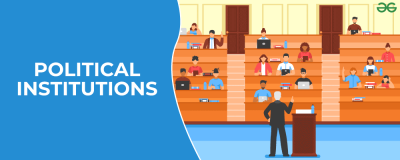-
Legislature Unicameral and Bicameral
Preview 00:14:50
-
Legislature : Powers and functions
Preview 00:12:31
-
Executive: Types, Powers and Functions
Preview 00:28:00
-
Judiciary: powers and Functions
Preview 00:20:22
-
Organs of the Government
0:10:00


Write a public review